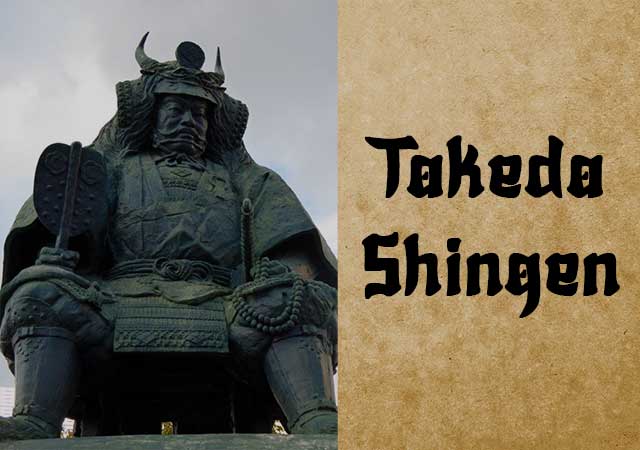
Recognized as the Tiger of Kai, Takeda Shingen was not only a brilliant military strategist but also an innovator ahead of his time. From a young age, he showcased his prowess in battle, notably at the age of 15 during the Battle of Un no Kuchi in 1536. However, his greatest achievement came when he orchestrated a bloodless coup against his father to ascend as the undisputed leader of the Takeda clan.
Under Shingen's command, the Takeda forces engaged in a series of campaigns and sieges, including the renowned Battles of Kawanakajima against Uesugi Kenshin. One of his notable tactics was to position warriors clad in red lacquered armor at the forefront of his armies, a psychological strategy that struck fear into the hearts of his adversaries and was later emulated by the Ii clan.
Shingen's most significant contribution to warfare was his development of the cavalry charge. Recognizing the evolving battlefield dynamics with the rise of foot soldiers, he transformed his horsemen into lancers, forming the formidable Takeda Kiba Gundan. This cavalry charge tactic proved devastatingly effective, cementing Shingen's reputation as an indomitable force on the battlefield.
Legend has it that Shingen crafted the Shingen Tsuba, also known as the Takeda Tsuba, by wrapping brass wire around a large iron sukashi tsuba while awaiting battle. This ingenious method helped him maintain calmness and clarity of mind. Inspired by his example, many of his followers adopted similar tsuba designs, a tradition that endured into the Edo period.
Additionally, Shingen is attributed with the invention of the water flush toilet, demonstrating his concern for hygiene. Numerous monuments in and around Nagano Prefecture commemorate his use of these innovative facilities.
Furthermore, Shingen's contributions extended beyond warfare and sanitation. He oversaw the construction of the extensive Shingen Zutsumi dikes along the Kamanashi segments of the Fuji River, effectively preventing flooding and marking one of the most ambitious public works projects of the 16th century.
Despite his formidable reputation, Shingen's laws were known for their fairness. He replaced corporal punishment with financial fines for minor offenses, earning him admiration from the people of Kai Province. However, it's worth noting that he also employed two large iron cauldrons for executing certain criminals, a practice later abolished by Tokugawa Ieyasu due to its perceived cruelty.
Shingen's economic reforms were groundbreaking for his time. He implemented uniform taxation across most of his subjects and introduced the option of paying taxes in either gold or rice—a departure from the common practice of exempting powerful samurai families, shrines, and temples from taxes.
One of the most notable displays of Shingen's political acumen was evident after the defeat of his son, Katsuyori, when Ieyasu assumed control of Kai. Ieyasu retained many of Shingen's governance strategies, which later served as the blueprint for the Tokugawa Shogunate.
Shingen had territorial ambitions in Mikawa and Owari districts (now part of Aichi Prefecture). In 1571, a Takeda expeditionary force briefly seized Noda Castle, which belonged to the Okudaira clan, later known as the Tokugawa clan.
In 1573, Shingen launched another assault on Mikawa and Noda Castle. However, this time, the castle's defenses had been reinforced, leading to a prolonged siege. As the defenders resisted, Shingen was fatally shot by a matchlock marksman on May 13, 1573. Although efforts were made to rush him home to Kai, he reportedly passed away en route. His death at the age of 49 remained a closely guarded secret. The gun believed to have been used in the assassination is preserved at the Shitagahara Museum in Nagashino, Aichi Prefecture.
See also
-
Yamagata Masakage
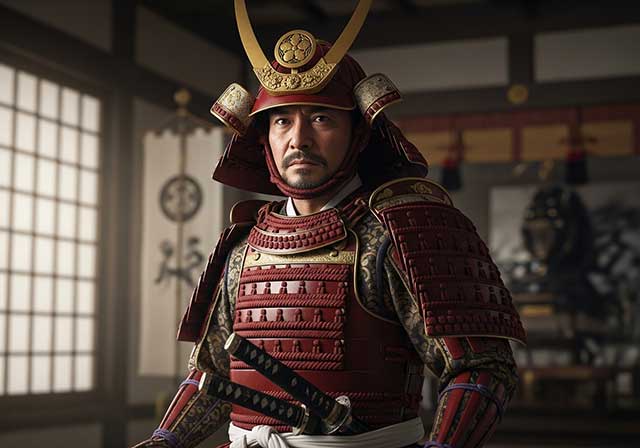
Masakage was one of Takeda Shingen’s most loyal and capable commanders. He was included in the famous list of the “Twenty-Four Generals of Takeda Shingen” and also belonged to the inner circle of four especially trusted warlords known as the Shitennō.
-
Yagyu Munenori
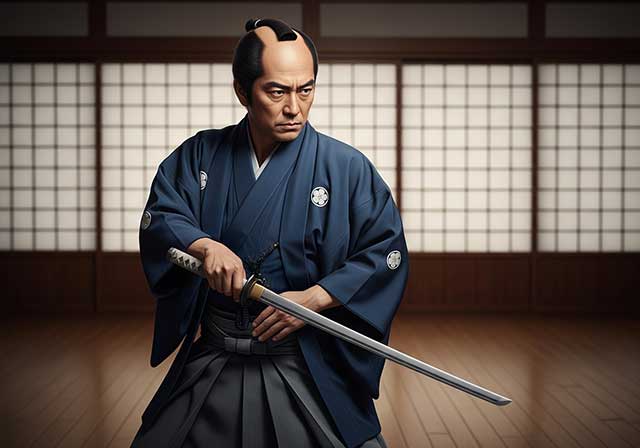
Yagyū Munenori began his service under Tokugawa Ieyasu while his father, Yagyū Muneyoshi, was still at his side. In 1600, Munenori took part in the decisive Battle of Sekigahara. As early as 1601, he was appointed a kenjutsu instructor to Tokugawa Hidetada, Ieyasu’s son, who later became the second shogun of the Tokugawa clan.
-
Yagyu Muneyoshi
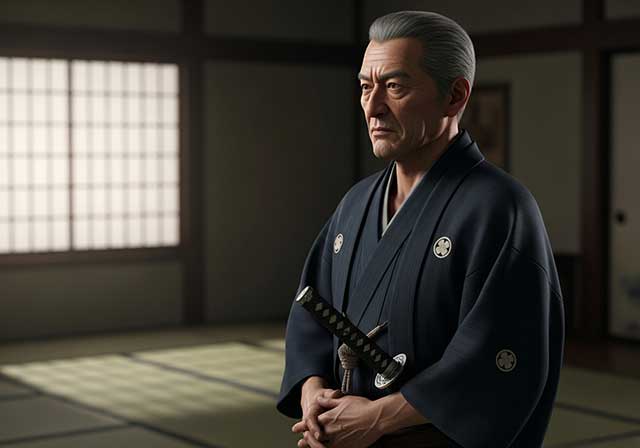
A samurai from Yamato Province, he was born into a family that had been defeated in its struggle against the Tsutsui clan. Muneyoshi first took part in battle at the age of sixteen. Due to circumstances beyond his control, he was forced to enter the service of the Tsutsui house and later served Miyoshi Tōkei. He subsequently came under the command of Matsunaga Hisahide and in time became a vassal first of Oda and later of Toyotomi.
-
Endo Naozune
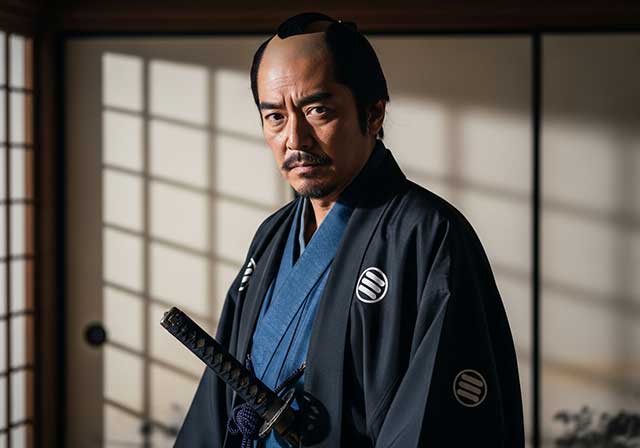
Naozune served under Azai Nagamasa and was one of the clan’s leading vassals, renowned for his bravery and determination. He accompanied Nagamasa during his first meeting with Oda Nobunaga and at that time asked for permission to kill Nobunaga, fearing him as an extremely dangerous man; however, Nagamasa did not grant this request.
-
Hosokawa Sumimoto
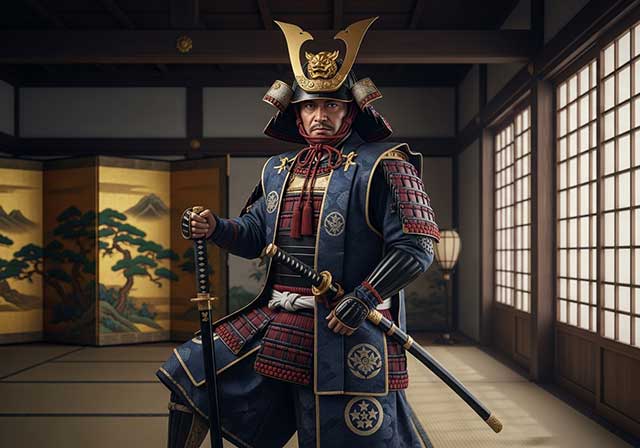
Sumimoto came from the Hosokawa clan: he was the biological son of Hosokawa Yoshiharu and at the same time the adopted son of Hosokawa Masamoto, the heir of Hosokawa Katsumoto, one of the principal instigators of the Ōnin War. Masamoto was homosexual, never married, and had no children of his own. At first he adopted Sumiyuki, a scion of the aristocratic Kujō family, but this choice provoked dissatisfaction and sharp criticism from the senior vassals of the Hosokawa house. As a result, Masamoto changed his decision and proclaimed Sumimoto as his heir, a representative of a collateral branch of the Hosokawa clan that had long been based in Awa Province on the island of Shikoku. Almost immediately after this, the boy became entangled in a complex and bitter web of political intrigue.
-
Honda Masanobu
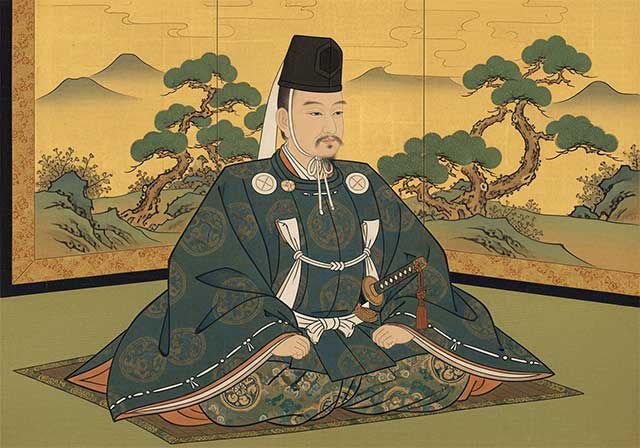
Masanobu initially belonged to the retinue of Tokugawa Ieyasu, but later entered the service of Sakai Shōgen, a daimyo and priest from Ueno. This shift automatically made him an enemy of Ieyasu, who was engaged in conflict with the Ikkō-ikki movement in Mikawa Province. After the Ikkō-ikki were defeated in 1564, Masanobu was forced to flee, but in time he returned and once again entered Ieyasu’s service. He did not gain fame as a military commander due to a wound sustained in his youth; nevertheless, over the following fifty years he consistently remained loyal to Ieyasu.
-
Honda Masazumi

Masazumi was the eldest son of Honda Masanobu. From a young age, he served Tokugawa Ieyasu alongside his father, taking part in the affairs of the Tokugawa house and gradually gaining experience in both military and administrative matters. At the decisive Battle of Sekigahara in 1600, Masazumi was part of the core Tokugawa forces, a clear sign of the high level of trust Ieyasu placed in him. After the campaign ended, he was given a highly sensitive assignment—serving in the guard of the defeated Ishida Mitsunari, one of Tokugawa’s principal enemies—an obligation that required exceptional reliability and caution.
-
Hojo Shigetoki

Hōjō Shigetoki, the third son of Hōjō Yoshitoki, was still very young—only five years old—when his grandfather Tokimasa became the first member of the Hōjō clan to assume the position of shogunal regent.

